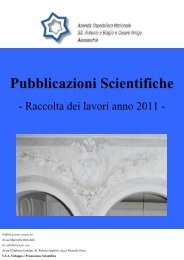Working Paper of Public Health Volume 2012 - Azienda Ospedaliera ...
Working Paper of Public Health Volume 2012 - Azienda Ospedaliera ...
Working Paper of Public Health Volume 2012 - Azienda Ospedaliera ...
You also want an ePaper? Increase the reach of your titles
YUMPU automatically turns print PDFs into web optimized ePapers that Google loves.
<strong>Azienda</strong> <strong>Ospedaliera</strong> Nazionale“SS. Antonio e Biagio e Cesare Arrigo”<strong>Working</strong> <strong>Paper</strong> <strong>of</strong> <strong>Public</strong> <strong>Health</strong>nr. 6/<strong>2012</strong>1. IntroductionSuicide is the tenth leading cause <strong>of</strong> death from a global perspective (Levi et al, 2003), butremains to be incompletely understood.For half a century, the academic view has been that all, or almost all those who completesuicide are suffering from a mental disorder. This has led to two unfortunate outcomes. First,this view has logically led to all suicide prevention efforts to be focused on the early detectionand treatment <strong>of</strong> mental disorder. Second, in some jurisdictions, when suicides occur they arebeen frequently followed by attacks by authorities who have accepted that all suicide is theresult <strong>of</strong> mental disorder, and thus the occurrence <strong>of</strong> a suicide indicates health workers arefailing to do their duty.Most lay people easily accept that people may suicide without having a mental disorder – theypoint to the occasional deaths <strong>of</strong> a jilted lover and the suicide <strong>of</strong> the person with painfulincurable disease.2. The ProblemThe social science academic community has refused to accept common sense and hassteadfastly maintained that suicide is always or almost always the result <strong>of</strong> mental disorder. Itis necessary to present some <strong>of</strong> the usually cited ‘evidence’, to confirm that a problem exists.This evidence comes from psychological autopsies, in which evidence is taken from allsurviving contacts <strong>of</strong> the deceased (family, friends and medical personnel) and the attempt isthen made to determine whether mental disorder was present or absent. In 1960, Dorpat &Ripley examined a series <strong>of</strong> suicides and concluded that 100% had been the result <strong>of</strong> mentaldisorder. In 1984 Robins examined 134 cases and concluded that 94% were the result <strong>of</strong>mental disorder. In 1997 Mosicki stated that “a psychiatric disorder is a necessary conditionfor suicide to occur”. In 1999 Jamison stated that there is ‘unequivocal presence <strong>of</strong> severepsychopathology by those who die by their own hand”. In 2004 Bertolette et al reviewed thepsychological autopsy studies and concluded 98% <strong>of</strong> those who suicided suffered a mentaldisorder. Also in 2004 Ernst et al examined 10% <strong>of</strong> cases for whom there was no evidence <strong>of</strong>psychiatric disorder and concluded that there was “probably have an underlying psychiatricprocess”, which the investigators “failed to detect”.In the face <strong>of</strong> such evidence, those in authority accepted that suicide was almost exclusivelythe result <strong>of</strong> mental disorder. Our group contested this evidence.2



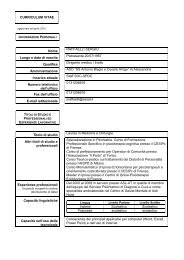
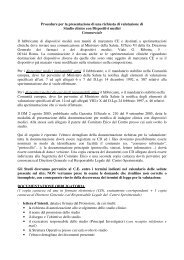

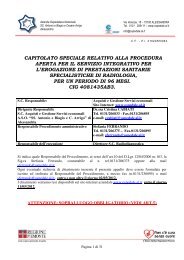
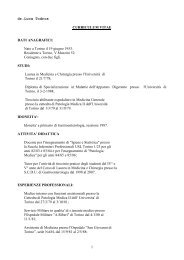
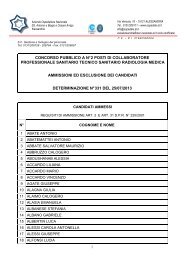




![[torino - 1] lastampa/urc/01 ... 26/10/09 - Azienda ...](https://img.yumpu.com/44058002/1/190x32/torino-1-lastampa-urc-01-26-10-09-azienda-.jpg?quality=85)

